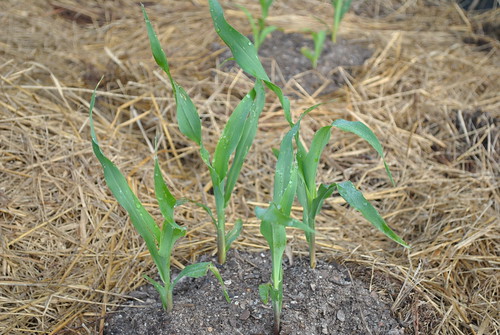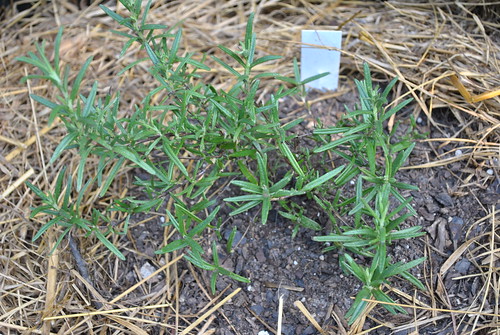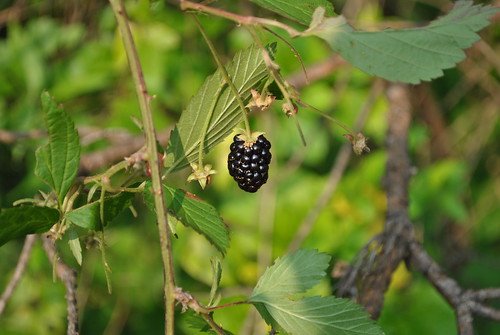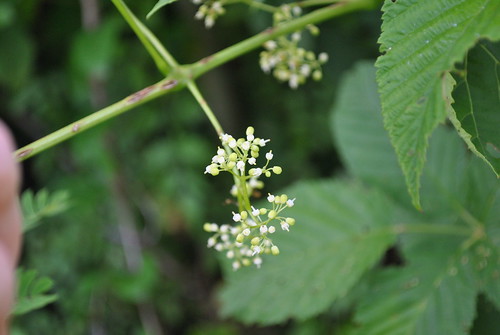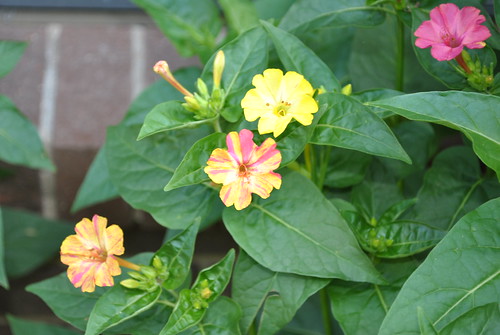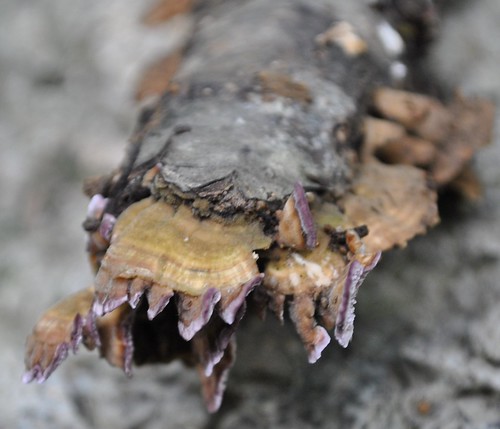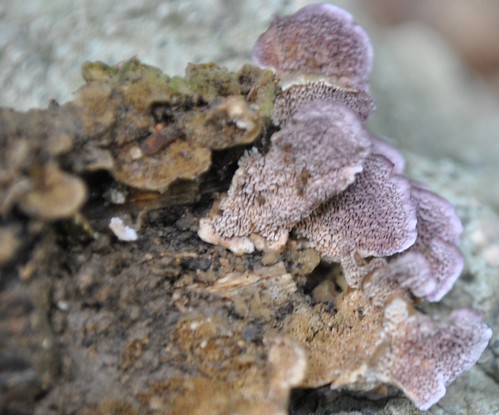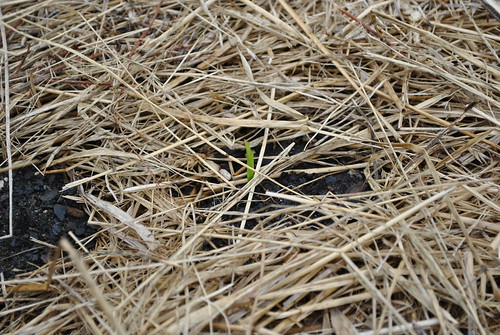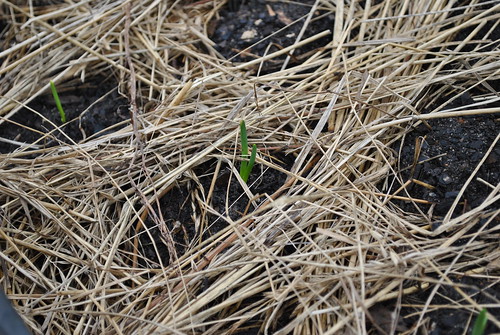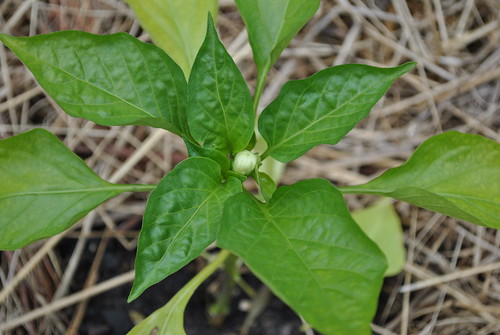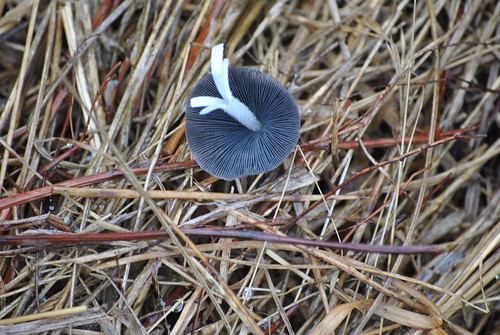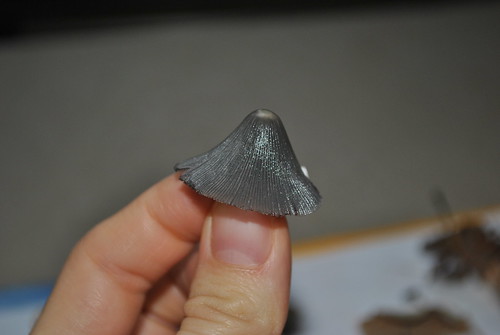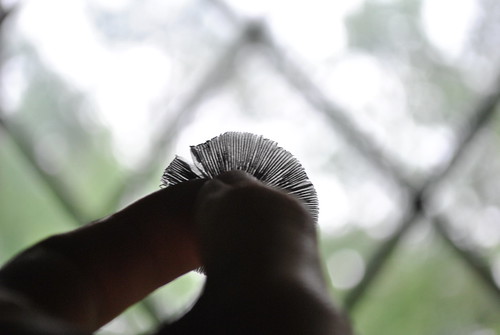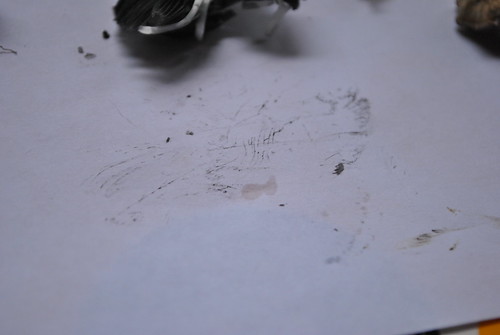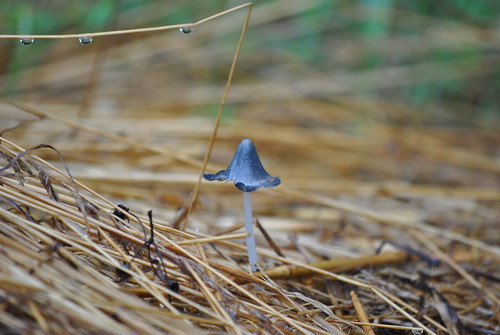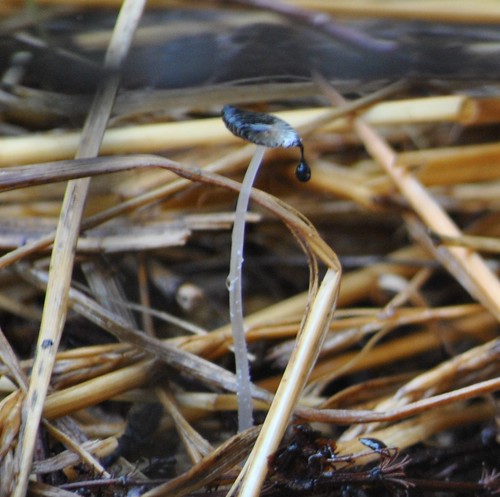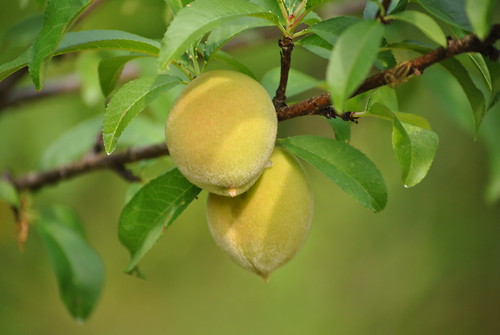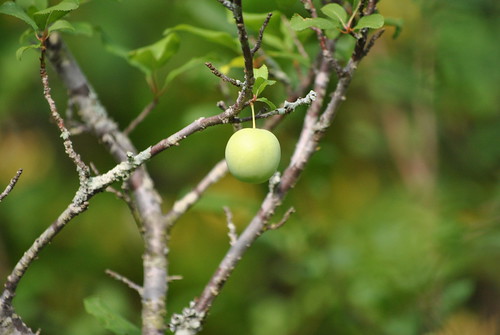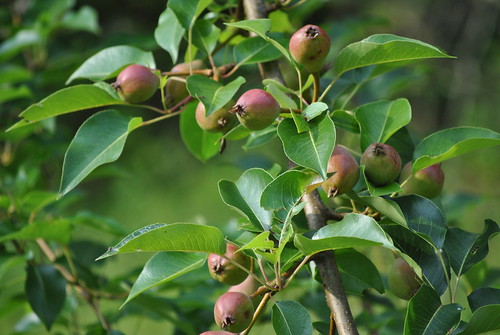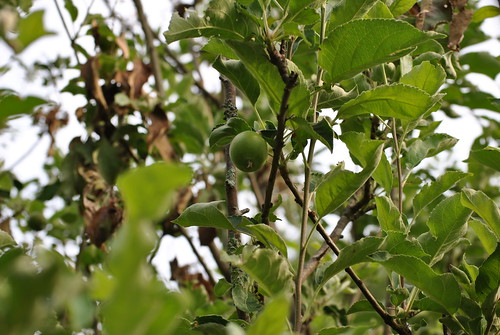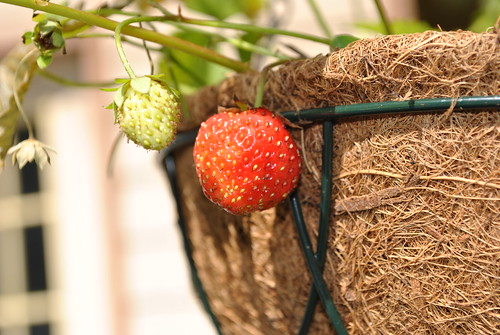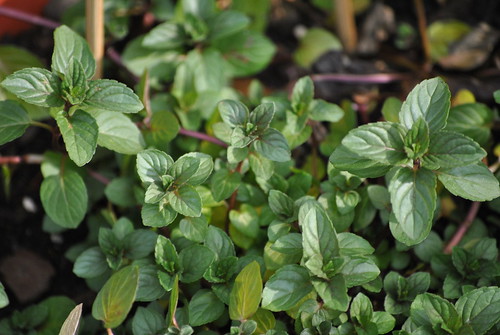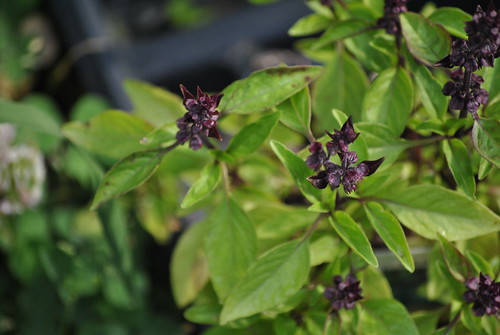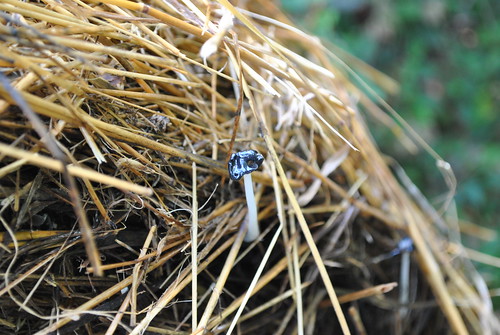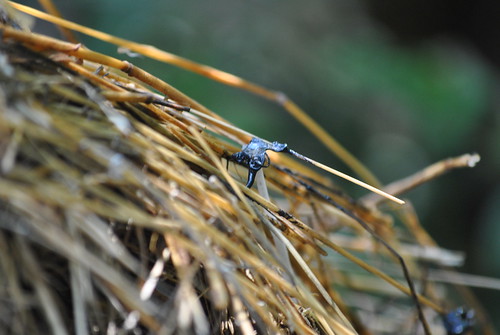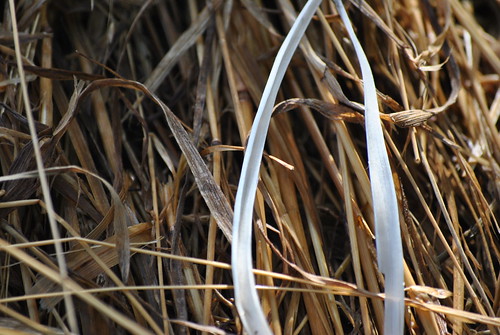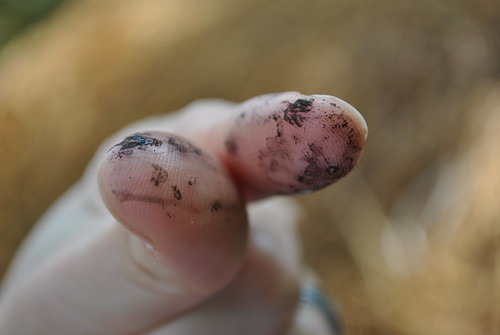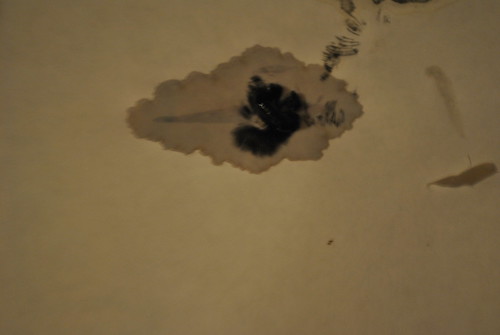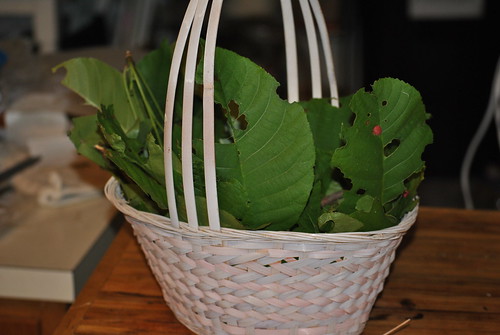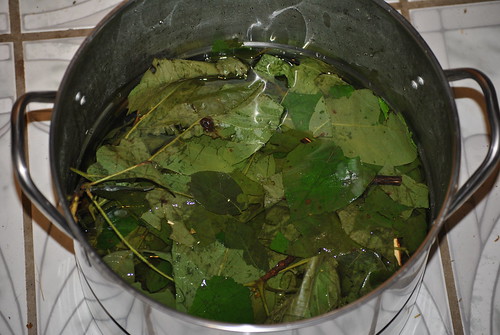Yesterday was quite a busy day.

I built two garden beds with the method previously shown (assembling a cut tire border around posts, covering the bottom with paper and cardboard, soaking with water, filling with hay, soaking again with water).

We hoed the grass between the beds, and covered the ground with pine needles. I love to enjoy the fresh smell of the pine needles while working in the garden.
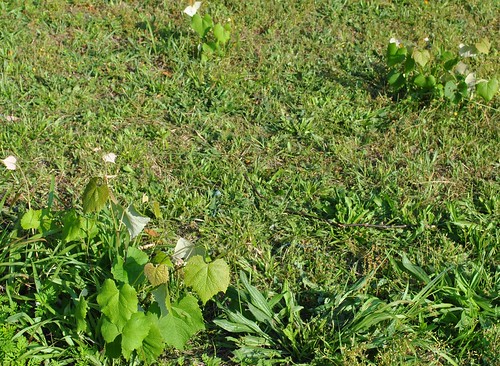
While mowing, my husband found concord grapevines that we thought were long since dead due to fire.
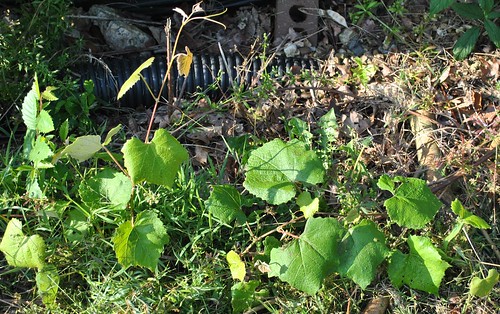
Then he found a couple more behind the house that must have been a gift from a bird some time ago. Our neighbors have some well developed concord vines, so it's likely the bird had been hanging out over there before visiting our yard. All this was exciting enough, but then I was wandering around the yard and found more vines... lots more.
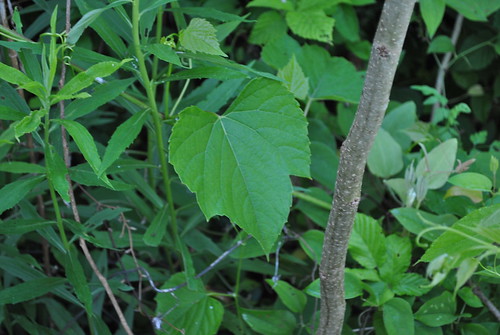
They are a lighter shade of green, so they aren't concords. And they seem to be growing wild, scattered along the woods. I have a feeling they may be whispering "muscadine" to me. We shall see.
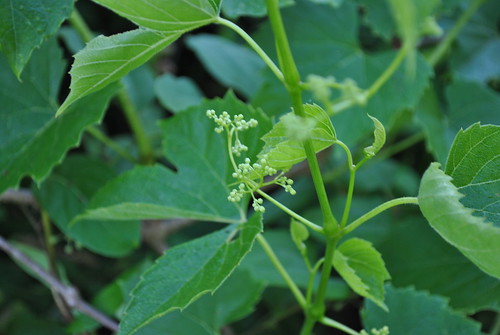
You can see the tiny grape clusters forming.
They are located in a tangle of all manner of plants, including blackberries, honeysuckles, young mimosas, passion flower vines, and several others as yet unidentified. It will be a tedious undertaking to clean out this area: exactly the sort of challenge I love. Speaking of things that I love. I love this land that we live on, and it is constantly showing that it loves us too. We decided we wanted pawpaw trees, we found pawpaw trees... in abundance. We decided we wanted grapes, we got grapes... in abundance. This place has been my home for most of my life and I have quite a close bond with it, and growing closer all the time now that I am giving it more attention.
Meanwhile, I have been collecting various mushrooms periodically. I have been finding them everywhere while working on other projects. It's really a pretty nice way to fit mushrooming into my schedule. I can just take a few minutes to photograph and collect and briefly study them as I find them, then lay them out on some paper inside the house to take a spore print. I can then refer back to them later to try and identify. I'll post more information when I am able to acceptably identify my findings.
Today will be another day outside, planting, and perhaps building more beds, we also have errands to run outside of our kingdom/queendom. So I guess it will be another busy day.
